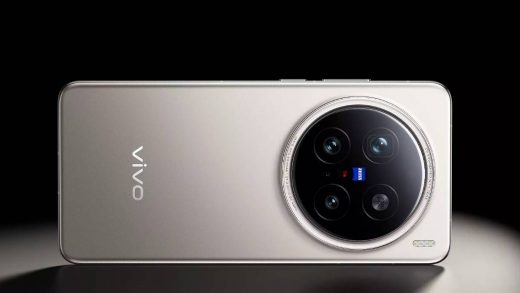
It’s no secret New Zealand families are feeling the pinch as inflation and the cost of living skyrocket.
Many are giving up their morning flat white, streaming services and takeaways, opting instead for instant coffee, free-to-air telly and “fakeaways.”
But saving money doesn’t always have to feel like you’re making a sacrifice.
Here are five things you can stop buying right now to cut costs, not your quality of life.
READ MORE:
* Take Five: A recession may be coming. Here are five key questions answered
* Here’s how much money those power-saving tips really save
* Forget the OE, how about a DE? The Kiwis opting for stay-at-home working holidays
Audiobooks, e-books and (new) real books
Something about curling up on the couch with a cuppa, a packet of biscuits and a good book just soothes the soul.
Christin Hume
Unlike just about everything else these days, library memberships are free.
In the past, I’ve been perfectly happy to shell out for brand-new books but as the cost of living climbs, dropping $30 on a new release is rapidly losing its appeal.
And so I’m falling back in love with my local library.
Unlike just about everything else these days, library memberships are free (some may charge for services like requesting a specific title or borrowing new books) and with thousands of titles to choose from, there’s something for everyone.
Most modern libraries also let members download e-books and audiobooks from a system like BorrowBox or OverDrive.
Downloads can be accessed on a phone, tablet, laptop, or e-reader and, because they’re automatically returned when your time is up, there are no late fees.
If you love the feel of a real book and like to own your favourites, try op shops, Facebook Marketplace or Trade Me, where good quality secondhand books can be found for a fraction of the cost of buying new.
Microwave rice
Yes, microwave rice is convenient, but it’s got to be one of the biggest rip-offs out there.
A 250-gram packet costs anywhere between $2 and $3.20, depending on the brand, but you can pick up a kilo of long grain rice for less than $2.
If that’s not enough to make you reconsider, up to 68% of the weight of cooked rice comes from water, meaning your 1kg bag of the dry stuff will go a heck of a lot further than four 250g bags for the microwave.
And how hard is it really to cook rice from scratch? Throw it in a pot of boiling water, give it a stir every so often and wham, bam, thank you ma’am, there’s your rice.
Different cleaning products for every room
All-purpose cleaners, also marketed as general or multi-purpose, are formulated to tackle grease and grime on just about any household surface (most shouldn’t be used on metals or unfinished surfaces – always check the pack to be sure).
Getty Images
All-purpose cleaners are formulated to tackle grease and grime on just about any household surface.
They’re a good choice for general cleaning tasks in the kitchen, bathroom and anywhere else in need of a freshen-up.
While there’s a place for more specialised cleaning products – like tackling those pesky mineral deposits on your shower glass or cleaning the oven – an all-purpose cleaner is enough for most day-to-day housekeeping.
Extended warranties
While some retailers will bend over backwards to convince you to tack an extended warranty on to your purchase, in most cases it’s money poorly spent.
When you buy goods or services for personal, domestic or household use from a business in New Zealand, you are automatically covered by the Consumer Guarantees Act.
Under the act, New Zealand businesses have to guarantee the products they sell are of an acceptable quality and fit for purpose.
That means if a product fails while it’s still fairly new, a business must repair or, if that isn’t possible, replace it, even if the manufacturer’s warranty has expired.
And that means the price of an extended warranty – which Consumer NZ says can be as much as 15% of the purchase price – is generally not worth paying.
Disposable period products
Since the middle of last year, schools across the country have been able to offer free period products to students thanks to targeted Government funding.
But for the rest of the menstruating population, the cost of pads and tampons every month can be a burden.
Prices for disposable products range from around $2 for a pack of 20 pads to $10 for a box of 20 applicator tampons. Depending on personal preference and physiology (which can dictate the products used), the cost can quickly add up.
123RF
Tampons can cost as much as $10 a pack, but prices for reusable silicone menstrual cups start at $25.
Thankfully, there’s now significantly more choice for period products, with a range of reusable options widely available.
Prices for reusable silicone menstrual cups range from $25 to $50 a pop, but you only need one and most last a couple of years.
If cups aren’t your thing (they can be tricky to get the hang of), period undies might be. They’re designed to look and feel like regular underwear, but are very absorbent and can be used instead of pads or tampons, or as a back-up when you have a heavy flow.
Prices range from $25 to $45, depending on brand and type of underwear. Unlike cups, you will need a few pairs of period undies, so the upfront cost is likely to be higher, but each pair should last 50-odd washes.
Not only are reusable period products better for your wallet, they’re also better for the planet. Bonus.


